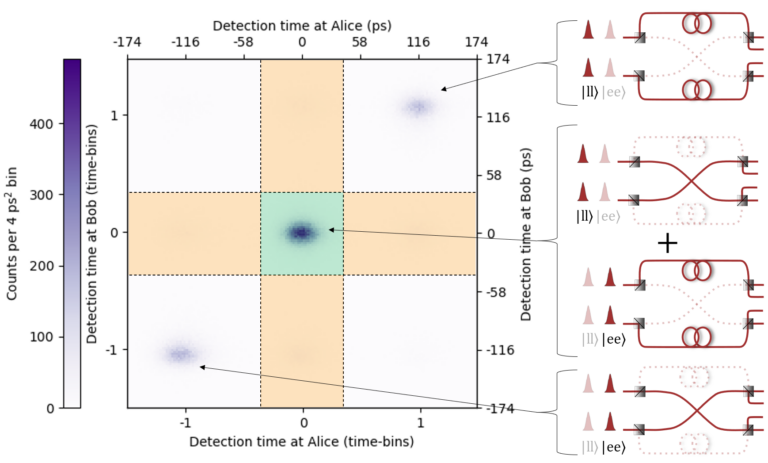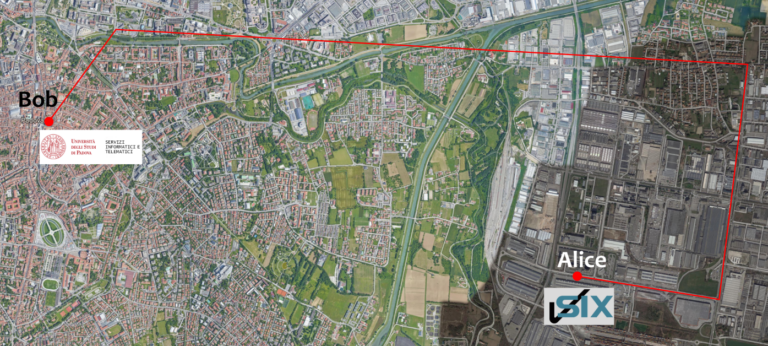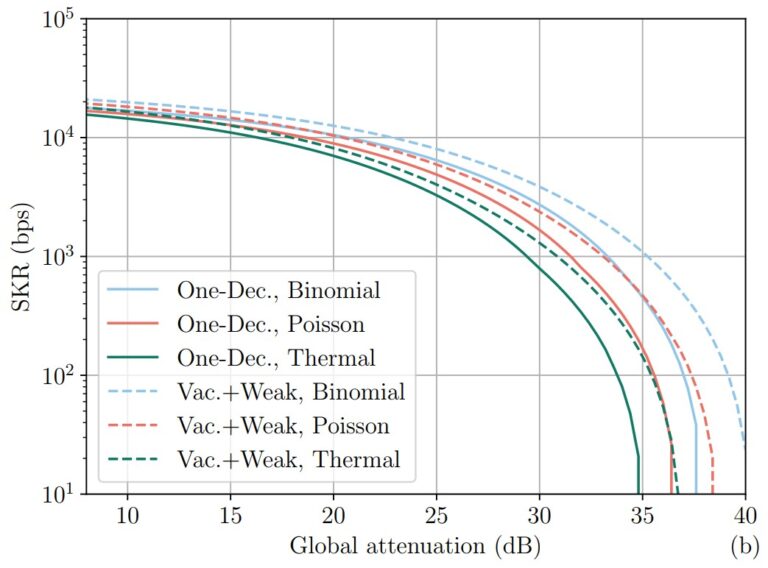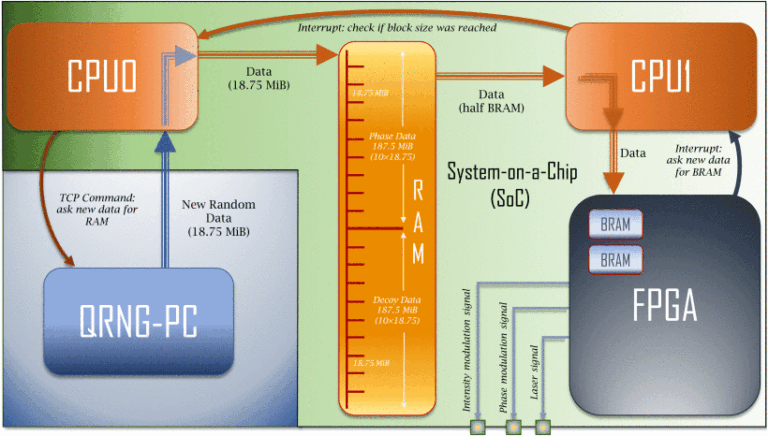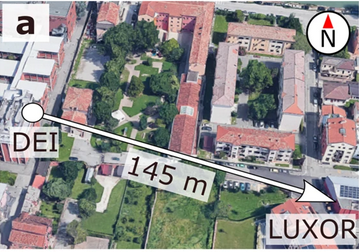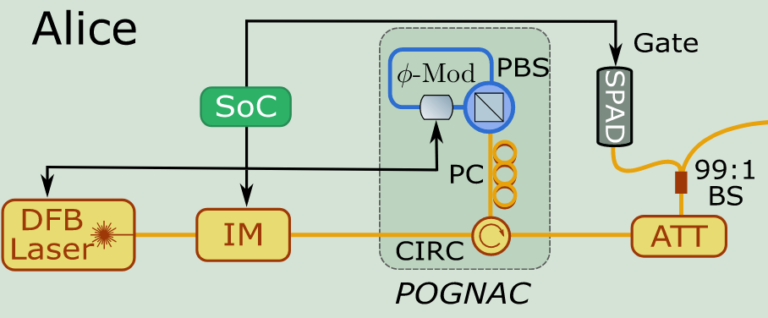High-speed source-device-independent quantum random number generator on a chip

A wide range of applications require, by hypothesis, to have access to a high-speed, private, and genuine random source. Quantum random number generators (QRNGs) are currently the sole technology capable of producing true randomness. However, the bulkiness of current implementations significantly limits their adoption. In this work, we present a high-performance source-device-independent QRNG leveraging a custom-made integrated photonic chip. The proposed scheme exploits the properties of a heterodyne receiver to enhance security and integration to promote spatial footprint reduction while simplifying its implementation. These characteristics could represent a significant advancement toward the development of generators better suited to meet the demands of portable and space applications. The system can deliver secure random numbers at a rate greater than 20 Gbps with a reduced spatial and power footprint.

